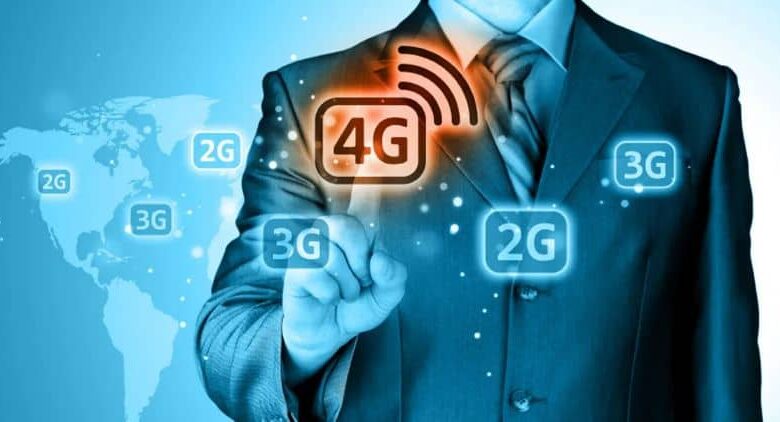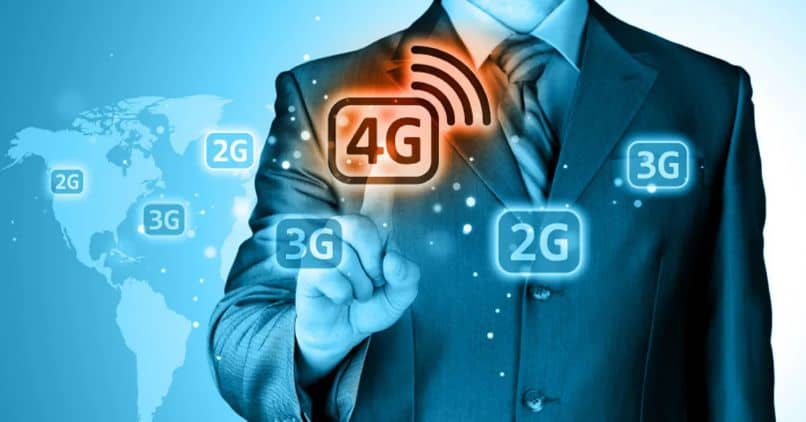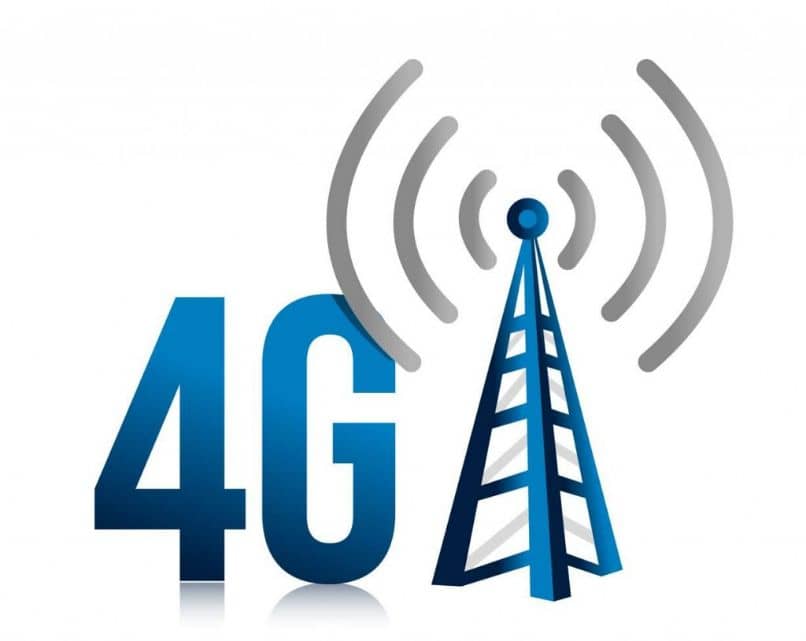What are and how do mobile networks work and what are the types?

Today we are not only going to see what are mobile networks . But also how they work and what types exist . Join me in this in-depth article where we talk in detail about each of these points, which you can delve into by knowing the main differences between 4G and 5G networks .
What are mobile networks?
In short, it is a communication system between the control unit and the devices that connect to it . In this case, it would be between the mobile device and the telecommunications company.
To sum it up a bit, it's all about connecting things like communication towers or antennas and mobile devices. Networks operate over a geographic area which are generally installed in grids.
In this way and depending on the number of people estimated to use the service. An infrastructure of communication towers is installed so that the user can use his device and the information he sends is received by another person.

How does a mobile data network work?
Communication between mobile devices works by sending and receiving low-power radio signals, a process that is explained with the how wireless network technology works . They travel to different nearby points, they can "jump" from antenna to antenna until they reach their destination.
When we make a phone call, what happens is that our mobile starts looking for cover . If we have it, a connection is created between our cell phone and the nearest telephone tower or station to make the call.
It doesn't just work that way for calls. But also with SMS and Internet .
Types of existing mobile networks
2G or GSM
Many surely remember having used 2G connections on their mobile devices. This connection is the first for fully digital mobile phones. For small things like sending WhatsApp, voice communication, etc. It didn't work out badly at all.
However, when we tried to browse or work with a larger data stream it obviously got too slow because this type of network is limited to 900 bits per second.
GPRS
We are talking about the network 2.5G which was created in an attempt to solve the serious problem of sending unswitched data. In terms of speed, the change has been remarkable since we are talking about 56000 bits. Even being able to reach 144 bits per second.
TABLES
This is the network 2.75G which practically passed without pain or glory to say the least. Obviously, the speed was increased in all directions, especially when we were near an antenna.
3G (UMTS)
Popularly known as 3G , the change brought about by this network was notorious. Data connection was up to 384 bits per second . This allowed you to browse the internet more smoothly and also perform tasks like video calls.
The way it works is basically to prioritize devices that are close to the antenna while those that were further away were in the background. You have surely heard many times that to save battery it was better to keep 2G connection instead of 3G .
Certainly, more power was needed to use 3G, this was reflected in the battery consumption.

4G (LTE)
The fourth generation is really fast. It works with the multiplexing by orthogonal frequency distribution and solves everything that 3G coverage can't. It stays constant no matter how many there are, giving it impressive stability.
With a 4G connection , browsing sometimes becomes much faster than when done with a Wi-Fi connection . Although this again requires more power to operate.
5G (IMT-2020)
5G is shaping up to be a real madness in terms of speed since it is an insignificant capacity of 100 Mbps. It is even meant to achieve 10 Gbps if certain conditions are met.
If you want to know more about it, you can check out our guide on what the 5G network is and how it works , so that you really understand what this new 5G network is.




